A Guide to Zero-Waste Trekking in the Himalayas
Zero-waste trekking in the Himalayas involves adopting sustainable practices to protect one of the world’s most pristine and fragile ecosystems. By minimizing waste and leaving no trace, trekkers can help preserve the region’s beauty for locals and future visitors.
Table of Contents
ToggleWhat is Zero-waste Trekking
Zero-waste trekking is a sustainable approach to outdoor adventures, focusing on minimizing environmental impact by reducing waste to as close to zero as possible. This practice encourages trekkers to leave no trace of their presence, ensuring that natural landscapes remain pristine for future generations. By adopting a zero-waste mindset, trekkers are mindful of their actions, from packing out all trash to avoiding single-use plastics and practicing eco-friendly habits.
Now, let’s explore some key steps to help you embrace zero-waste trekking on your next adventure.
Steps to Follow in zero-waste Trekking:
1. Plan and Pack Mindfully

- Choose durable, reusable gear
Go for durable, long-lasting products that will hold up through multiple treks, such as stainless steel bottles, high-quality backpacks, and clothing made from sustainable materials.
Repair when possible Instead of replacing damaged gear, try to repair it.
- Minimize single-use items
Bring along a reusable water bottle, food containers, and cutlery. Avoid using single-use plastic packaging like bottles, bags, and straws.
If you need to clean something, use a washcloth or biodegradable alternatives instead.
2. Follow the ‘Carry In, Carry Out’ Principle

- Bring back all waste generated.
Make sure you’re equipped to pack out all your trash, including things like food scraps, wrappers, and packaging. Carry a trash bag to keep everything separate and organized.
- Avoid littering or leaving behind any trash.
If you’re in a remote area with no waste disposal facilities, always pack out everything you bring in.
3. Choose Sustainable Food Options
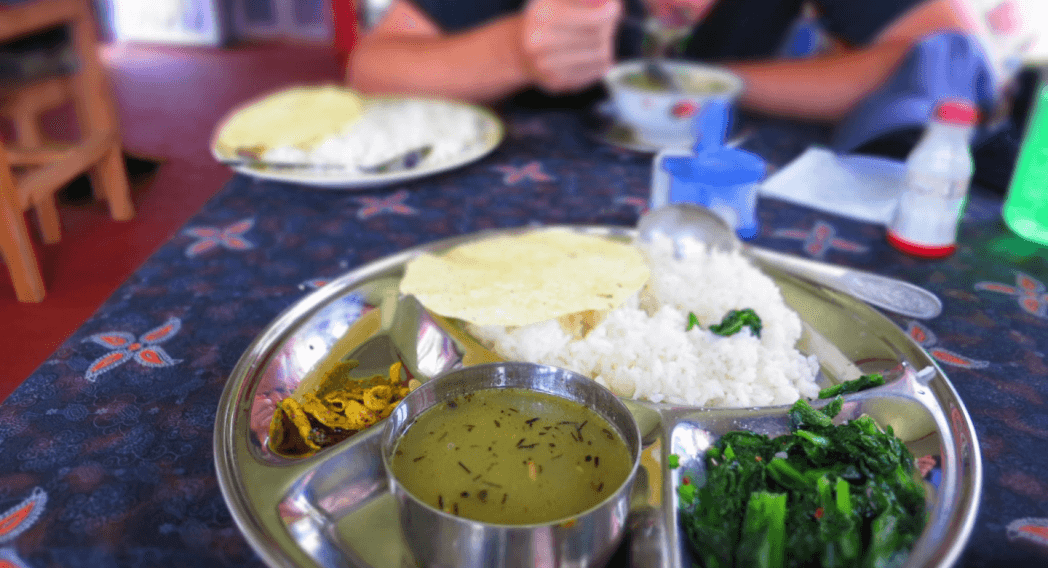
- Pick local, unpackaged foods
Go for foods that don’t have excessive packaging, and prefer fresh or dried items that are minimally processed.
- Avoid individually wrapped snacks.
Try Dehydrated meals these can be convenient and come in eco-friendly packaging (look for ones that are compostable or recyclable).
4. Use Eco-Friendly Toiletries

- Opt for biodegradable soaps/shampoos.
Choose biodegradable soaps, shampoos, and toothpaste. Make sure to use them away from water sources to prevent contamination.
- Bring reusable menstrual products.
Bring reusable cotton pads, menstrual cups, or other eco-friendly alternatives to disposable products.
5. Respect Local Ecosystems
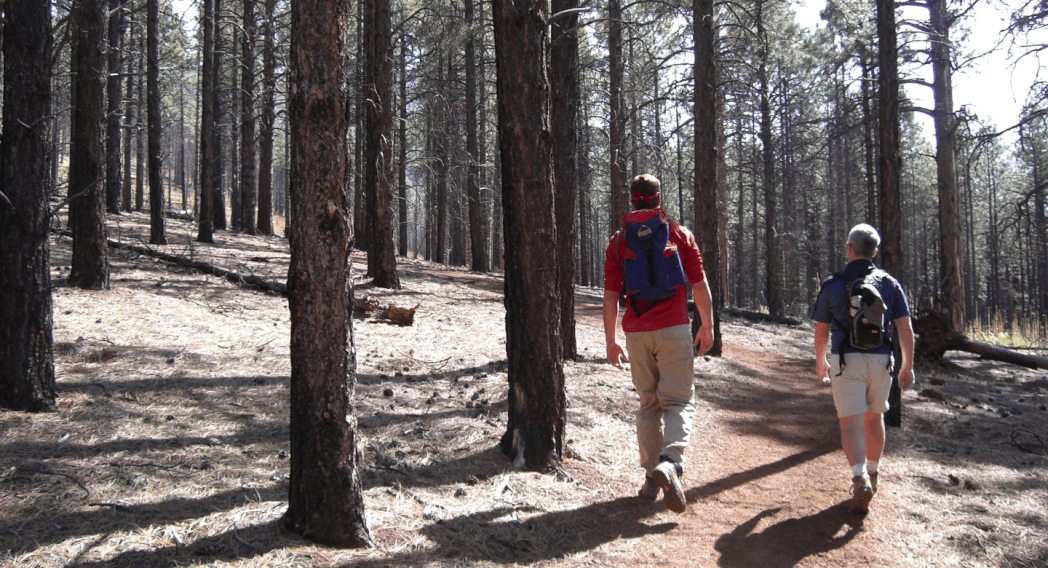
- Stay on marked trails
This minimizes your impact on the environment by preventing soil erosion, protecting plant life, and preserving fragile habitats.
- Avoid disturbing wildlife
Always observe animals from a distance and avoid feeding them. Human food can be harmful to wildlife, and feeding them may alter their natural behaviors.
6.Engage in Responsible Cooking and Campfires
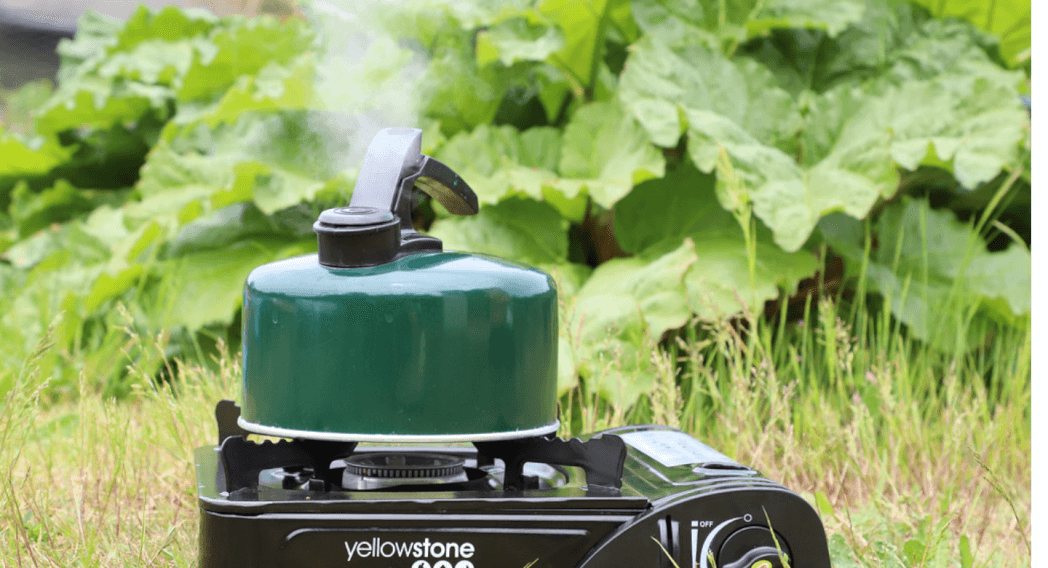
- Use clean-burning fuels
Opt for portable stoves instead of making a campfire, which can be damaging to ecosystems and require gathering firewood (often from limited resources). If you must use a fire, choose a designated fire pit.
- Properly extinguish all fires
Always ensure your fire is completely out, and never leave a fire unattended. Leaving a fire smoldering can harm the environment, waste valuable wood, and create a fire hazard.
7. Sustainable Travel to the Trailhead
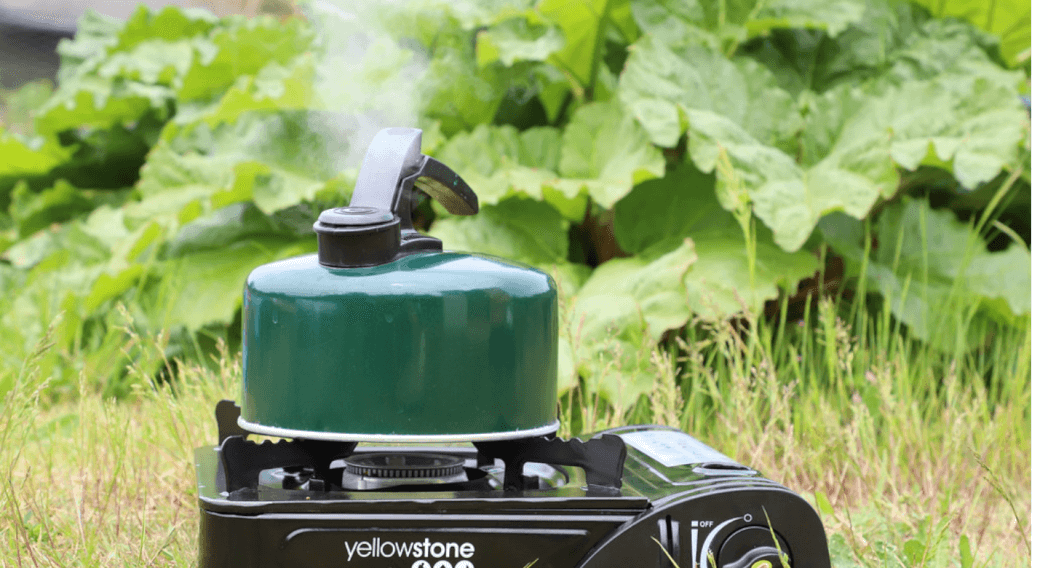
- Use public transportation or carpool to reduce emissions
Whenever possible, take buses, trains, or other public transport to reduce carbon emissions. If public transport isn’t an option, carpooling with fellow trekkers is an excellent alternative.
- Avoid private vehicles when possible
Reducing the number of vehicles on the road not only helps reduce emissions but also helps preserve the natural beauty of areas by decreasing congestion and minimizing pollution.
8. Properly Dispose of Waste
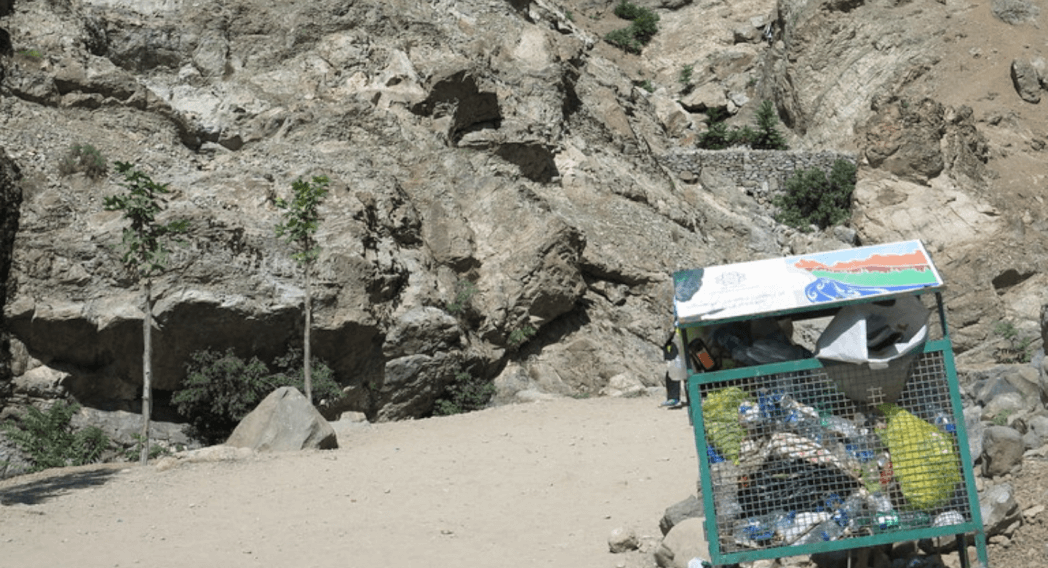
- Identify waste collection points along the trek
Research where waste disposal facilities are along your route. Some trails and parks have recycling or composting bins, so be sure to know where to dispose of items properly.
- Separate recyclables, compostable, and landfill waste
Create a small waste system for yourself while trekking. You can carry separate bags for recyclables (like paper or cans), compostables (food scraps), and landfill waste (plastic wrappers, etc.) to ensure everything gets disposed of in the most responsible way possible.
9. Support Local Businesses
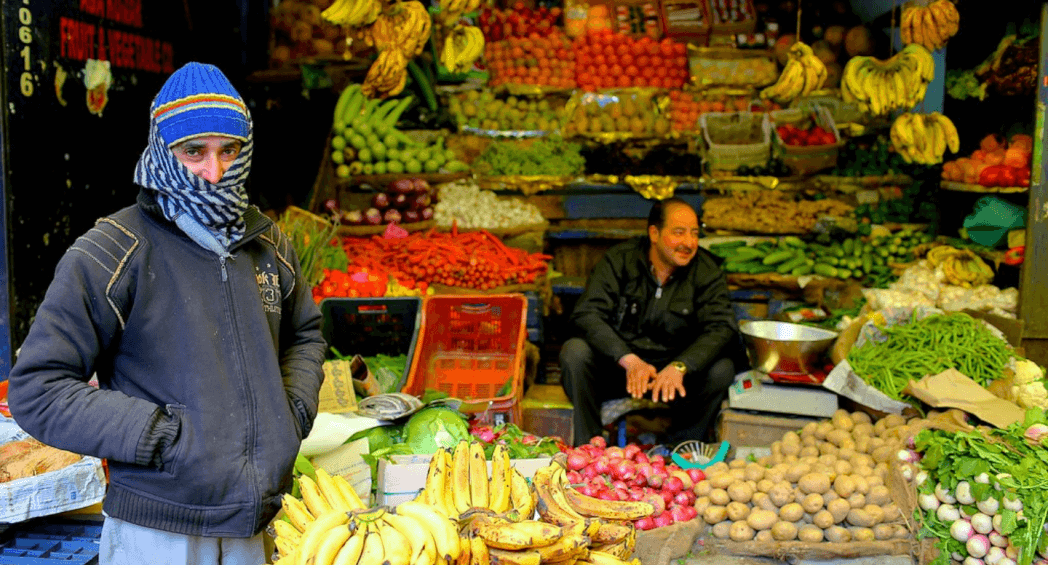
- Purchase food, supplies, and services from local providers
By buying from local shops, markets, and vendors, you’re contributing directly to the local economy and reducing the environmental footprint associated with shipping products long distances. This could mean sourcing fresh fruits, vegetables, and snacks from nearby farmers or buying trekking gear from locally owned stores.
- Avoid large corporate chains when feasible.
Choosing smaller, independent businesses helps keep the local economy vibrant and supports sustainable practices. Plus, smaller shops are more likely to have unique, handmade, or locally sourced items. If you’re camping or staying at a lodge, pick one that is run by locals and aligns with sustainable practices.
10. Educate Others
- Share zero-waste trekking tips with fellow travelers
When you’re on the trail or interacting with other trekkers, share what you’ve learned about reducing waste and respecting nature. Your experience could inspire others to adopt more sustainable practices.
- Encourage sustainable practices within your trekking group
If you’re trekking with a group, lead by example and encourage everyone to pack out their trash, stay on the trails, and avoid single-use plastic. Help your group recognize the importance of sustainable choices, like using eco-friendly products or cooking in a way that reduces waste.
Conclusion
Zero-waste trekking is not just a trend, but a powerful approach to preserving the natural beauty of our planet while embracing a sustainable way of exploring the outdoors. By planning and packing mindfully, respecting local ecosystems, choosing eco-friendly options, and supporting local businesses, trekkers can significantly reduce their environmental footprint. Educating others and encouraging sustainable practices within your trekking group ensures that the message of conservation spreads far and wide.
As we prioritize responsible travel and waste reduction, we can ensure that our wild spaces remain pristine for generations to come. Zero-waste trekking is a commitment to both the environment and the communities that welcome us, making every journey not just an adventure, but a step toward a more sustainable future.
Read More About Zero-waste Living
References
Tips and tricks for zero waste hiking. (2024, December 6). Decathlon.
Frequently Asked Questions (FAQS) A Guide to Zero-Waste Trekking in the Himalayas
What is zero-waste trekking?
Zero-waste trekking is the practice of minimizing waste and reducing environmental impact while hiking or trekking in nature. It involves using reusable gear, packing sustainably, and following responsible practices to preserve ecosystems and reduce pollution.
How can I reduce waste while trekking?
To reduce waste while trekking, you can use reusable gear like water bottles, containers, and utensils. Avoid single-use plastics, choose biodegradable toiletries, and follow the principle of “Carry In, Carry Out,” which means bringing back all waste you generate.
What should I pack for a zero-waste trek?
Pack items like reusable water bottles, food containers, utensils, a durable backpack, biodegradable soap, and eco-friendly toiletries. Choose non-disposable snacks and make sure to bring waste bags for any trash you might generate.
Why is it important to stay on marked trails?
Staying on marked trails helps protect local ecosystems from damage, prevents soil erosion, and minimizes your impact on fragile habitats. It’s also essential for conserving biodiversity and respecting the natural world.
Can I use a campfire during my zero-waste trek?
While campfires are beautiful, they can harm the environment. It’s best to use a portable stove with clean-burning fuel. If you must have a fire, use a designated fire pit, ensure it’s fully extinguished, and avoid gathering firewood from the surrounding area.
How can I support local businesses while trekking?
You can support local businesses by purchasing food, supplies, and services from local vendors, avoiding large corporate chains. You can also stay at locally owned accommodations and eat at local restaurants to help sustain the area’s economy.
What should I do with my waste while trekking?
Always pack out all of your trash, including recyclables, compostables, and landfill waste. Separate your waste to ensure proper disposal at designated points, and if there are no facilities, carry it with you until you can properly dispose of it.
What are the best food options for zero-waste trekking?
Opt for local, unpackaged, or minimally packaged foods. Dried fruits, nuts, and other bulk foods are excellent choices. Dehydrated meals with compostable or recyclable packaging are also great for reducing waste on the trail.
How can I encourage others to practice zero-waste trekking?
Share your experiences and tips with fellow trekkers and encourage them to follow sustainable practices. Lead by example—be mindful of your waste and help others understand the importance of responsible trekking.
What should I do if I find trash while trekking?
If you come across trash during your trek, pick it up and dispose of it properly. If it’s not yours, it’s still part of being a responsible steward of the environment. Always carry extra trash bags so you can help keep nature clean.


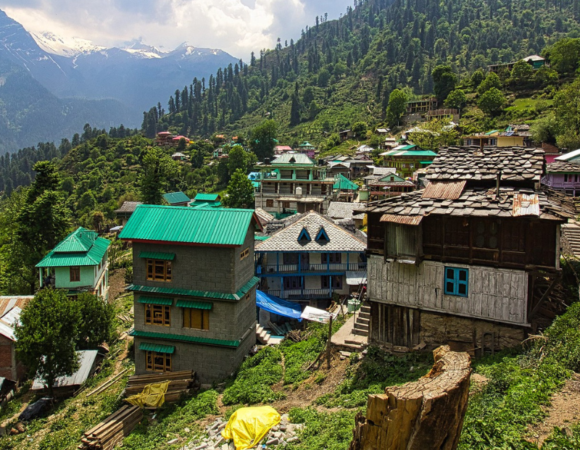
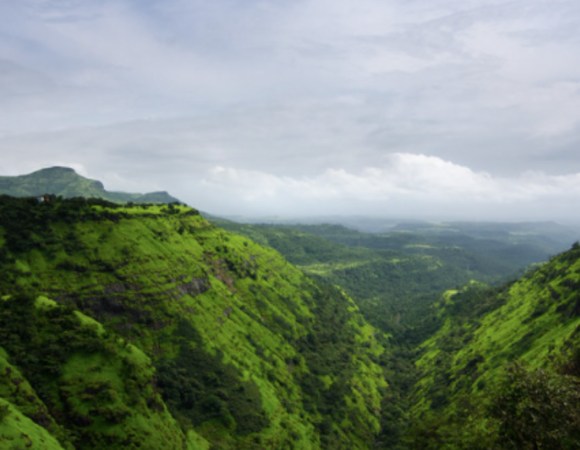
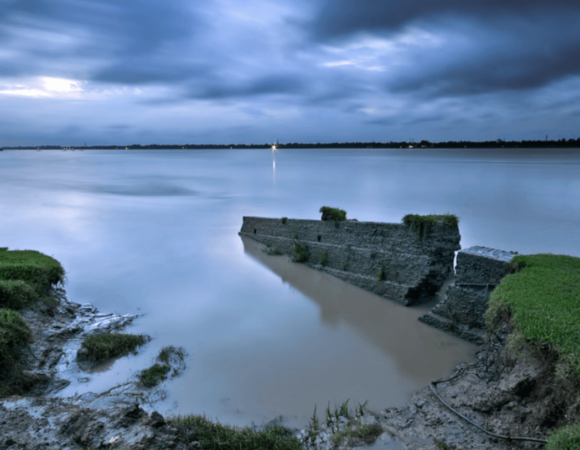

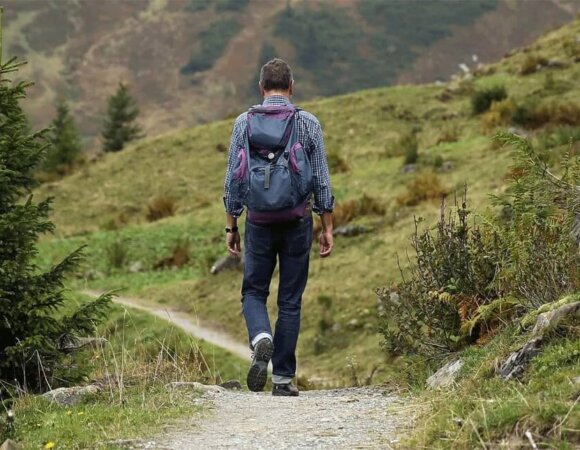
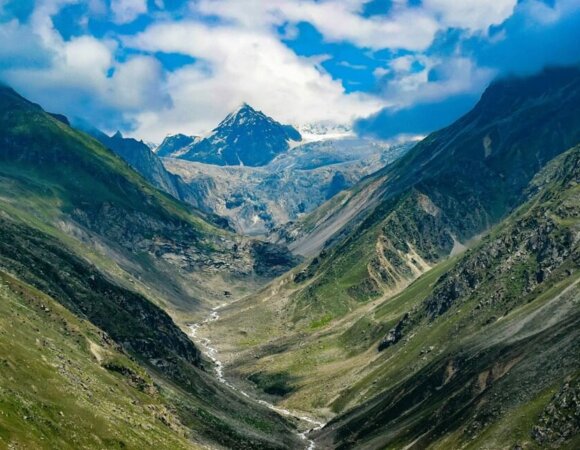
[…] of the most important aspects of sustainable camping is following Leave No Trace principles. This means packing out all your trash and waste. Never leave food scraps or trash behind, as they […]